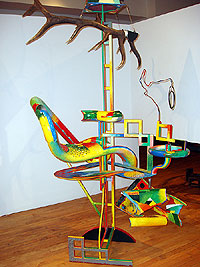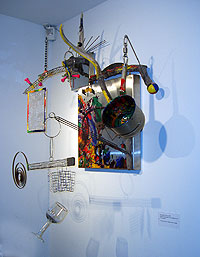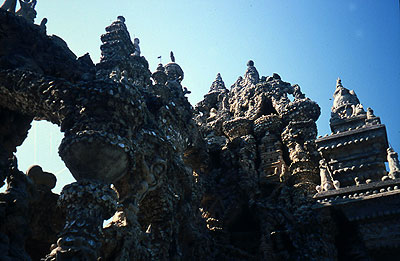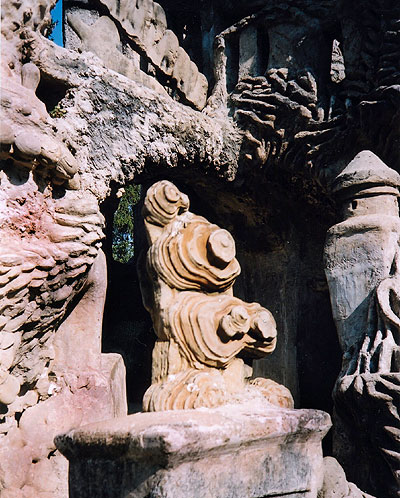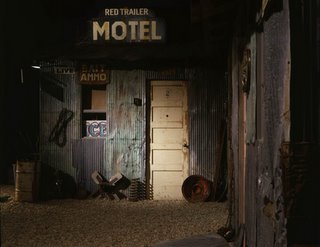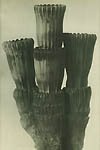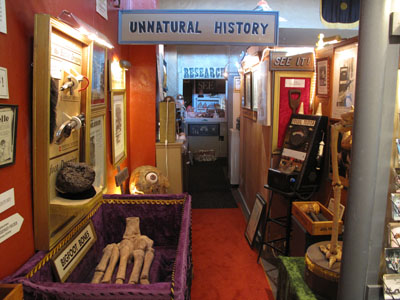
Kaolithic exhibit, Bailey Museum
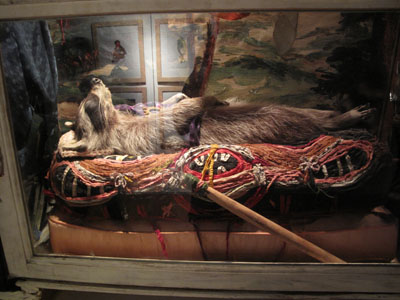
"Reliquary of St. Igge", Bowery Museum
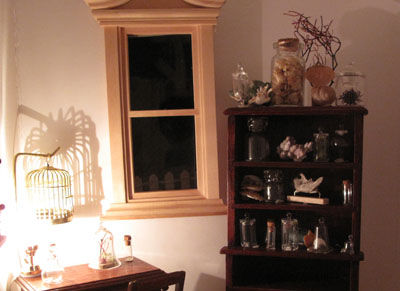
Miniature study with curiosity cabinet in peephole gallery
Marcus Kelli Collection
Our roving reporter presents breaking news on the museum-as-art-project front in the SF Bay Area...Clayton Bailey, whose Wonders of the World Museum had been in storage for nearly four decades, opened his own museum last summer, situated in the charming little town of Crockett...The museum contains a recreation of the old exhibits as well as a mad scientist lab, robots, ceramic gargoyles, and demonic pottery...This space recently visited the Bailey Museum and presented Clayton with some ZM lit...A museum twofer is to be had at the Alter Space gallery in San Francisco...The artist (and gallery co-owner) known as Koak is building the Bowery Museum in the gallery space as a complement to her work-in-progress graphic novel...Currently showing in Alter Space's peephole gallery are dioramas and specimens from Danielle Schlunegger's Marcus Kelli Collection and Museum (on view until Feb. 22)...Both museums predicted by this space to have great futures...In the South Bay, Beverly Rayner brings her Museum of Mesmerism & Psychic Art to the Triton Museum in Santa Clara later in February...
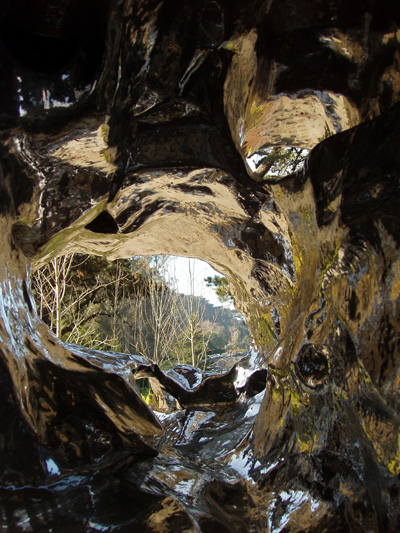
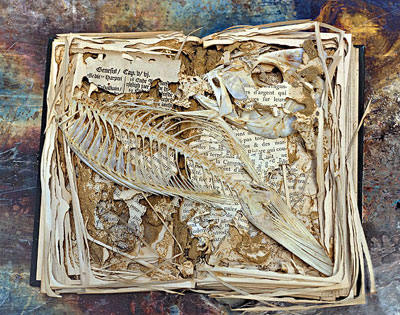

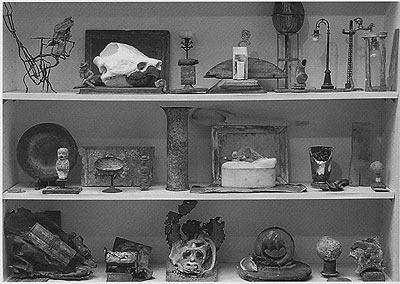
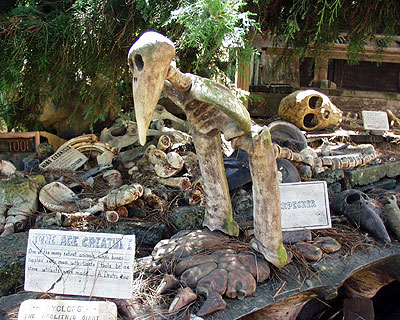 I don't recall exactly what drew me to Port Costa in the late 1970's. It's a tiny town in the outer reaches of the Bay Area, on the road to nowhere else, on a bank of the Sacramento River. Downtown consisted of some old buildings, a relatively large restaurant/bar popular with bikers, and a few antique store/curiosity shops. My attention, however, was immediately drawn to a storefront that housed the
I don't recall exactly what drew me to Port Costa in the late 1970's. It's a tiny town in the outer reaches of the Bay Area, on the road to nowhere else, on a bank of the Sacramento River. Downtown consisted of some old buildings, a relatively large restaurant/bar popular with bikers, and a few antique store/curiosity shops. My attention, however, was immediately drawn to a storefront that housed the  The
The 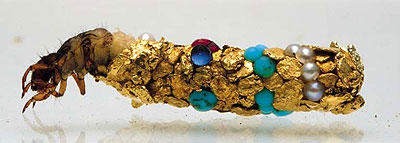
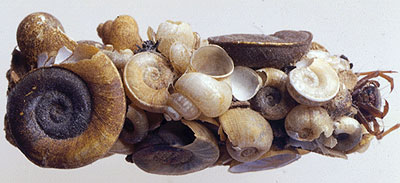
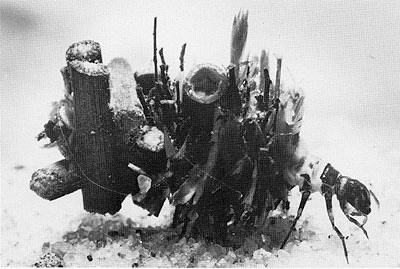
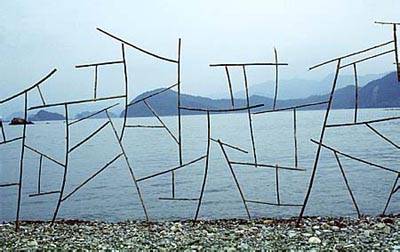 As I noted
As I noted 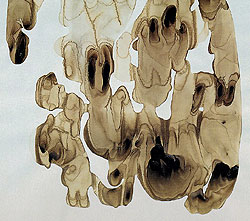 A lesser-known type of work that he does are "snowball paintings", which are created by putting a snowball stained with a natural dye on paper and letting it melt. The result is an amazingly detailed pattern created by the way the dye is deposited as the snow melts and the water evaporates. A detail from one is shown here, with an enlargement
A lesser-known type of work that he does are "snowball paintings", which are created by putting a snowball stained with a natural dye on paper and letting it melt. The result is an amazingly detailed pattern created by the way the dye is deposited as the snow melts and the water evaporates. A detail from one is shown here, with an enlargement 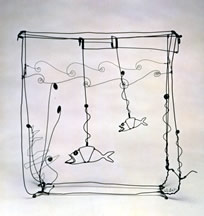
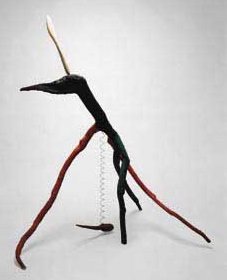 His "surrealist objects" often combine sticks, wood, or stone with biomorphic, amoeboid abstractions. It's interesting to compare the "Apple Monster", shown here, with the
His "surrealist objects" often combine sticks, wood, or stone with biomorphic, amoeboid abstractions. It's interesting to compare the "Apple Monster", shown here, with the 